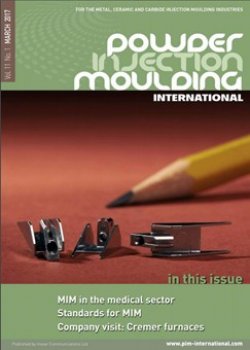CMG Technologies managing director, Rachel Garrett, has been speaking to Powder Injection Moulding magazine about the future of Metal Injection Moulding (MIM) and how it can be further exploited by the medical sector in Europe.
Rachel says the European medical device industry is being forced to move in a similar direction to that of North America with resulting opportunities for the European MIM industry.
She says: “The medical sector is the largest one for us as a company and I believe people in Europe as well as the US are becoming more aware of MIM’s capabilities, even though there is still room for improvement.
“Currently around 80% of our products are sold in Europe compared with 17% that are exported to the US. This demonstrates both the international nature of the MIM supply chain and the international appeal of the technology,
“As a company, we work closely with a number of leading medical device manufacturers who rely on us to provide complex parts that cannot be manufactured using traditional methods due to prohibitive costs or design issues. From a UK perspective, guidelines published by the National Institute for Health and Care Excellence (NICE) are insisting that more and more medical devices are single-use.
“This is where MIM really comes into its own because it is a much cheaper option than machining and I believe there will be growth in demand for popular applications such as keyhole surgery and devices used to manage diabetes,” she added.
Asked about what is preventing further MIM growth in Europe, Rachel says: “The real barriers preventing further growth are in getting MIM titanium approved and tested for increased use in the medical sector due to current regulations. With the medical sector facing increasing financial pressures, however, I am sure work will be done by manufacturers to overcome these barriers because MIM offers so many benefits, especially in the fact that there are no scrappage costs. As the sector seeks greater efficiencies, I believe further growth will happen in the future.
“At the moment, not many companies are exploiting MIM for implantable devices and fracture/fixation again due to stringent regulations about materials that can be used. I do believe this is an area where MIM could be used successfully once the existing barriers have been overcome and the use of different materials gains accreditation,” she added.
The article appears in the March 2017 edition of the magazine and can be found here starting on P43.

